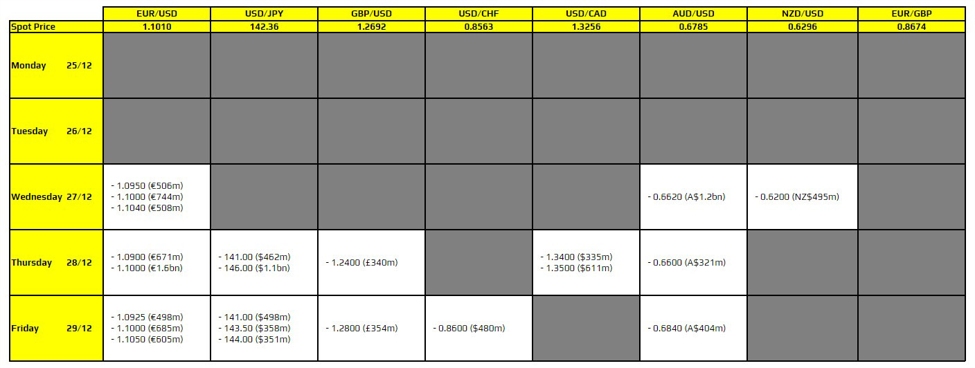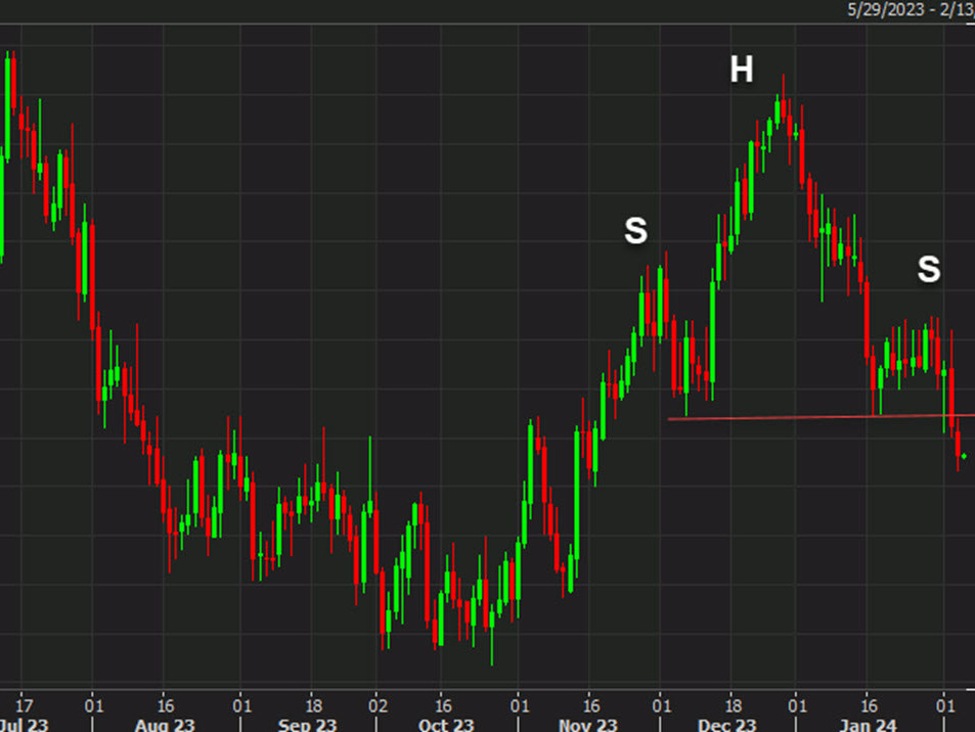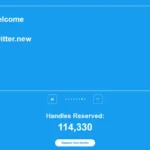How to Day Trade Using Partial Profits and Stop to Entry Discipline
Why this is the foundation of successful day trading
One of the biggest differences between winning and losing day traders is not their strategy or chart setup. It is how they manage open trades. The tradeCompass day trading method emphasizes taking partial profits at predefined levels and then moving the stop to entry after the first or second profit target.
This approach often allows traders to stay profitable even when they are not perfectly right about the market direction. In day trading, where reversals happen within minutes, managing risk and locking in gains is more important than calling every move correctly.
Day Trading Example: Long Setup
Scenario
Entry: 100.00
Stop: 99.40 (risk = 0.60 = 1R)
Size: 100 shares or 1 micro contract
Take profit levels: 100.60, 101.00, 101.80
Scale: 40 percent, 30 percent, 30 percent
Rule: After the first profit target (TP1) or the second profit target (TP2), move the stop to entry.
Possible outcomes
- TP1 and TP2 reached before reversal: profit about +0.9R.
- Only TP1 reached before stop: small loss about −0.2R.
- All targets reached: +1.8R.
Day trading takeaway: Even if momentum fades after TP2, the result remains green or breakeven. You did not need to predict the entire move, only manage the trade properly.
Day Trading Example: Short Setup
Scenario
Entry: 50.00 short
Stop: 50.30 (risk = 0.30 = 1R)
Size: 1,000 shares or 1 futures micro contract
Take profit levels: 49.70, 49.50, 49.20
Scale: 40 percent, 30 percent, 30 percent
Rule: After TP2, move the stop to entry
Outcome
When the market dips to TP1 and TP2 before bouncing, the stop to entry rule protects profits. You make roughly +0.9R even though the stock later moves up. That is what defines a disciplined day trader: making money from short term market behavior without needing to be right about long term direction.
Why Pre Placing Orders Is Essential for Day Traders
Liquidity around key price levels such as VWAP, Value Area High or Low, Point of Control, and round numbers attracts both professional traders and algorithms. When these levels are reached, the move can happen in seconds. Day traders cannot react fast enough manually, so orders should be pre placed, either through bracket orders or individual limit orders.
This ensures:
• Partial profits are captured instantly at TP1 and TP2.
• The stop automatically moves to entry.
• The trader remains protected if the price suddenly reverses.
Always cancel unfilled orders after the trade is completed.
Managing Overnight Risk for Day Traders
Day trading usually avoids overnight exposure, but if you occasionally hold a position, be aware that overnight gaps can move through your stop. This risk increases when the company reports earnings or when a close peer reports results that affect the whole sector.
If holding overnight:
• Know the event and earnings calendar.
• Reduce position size or close before the session ends.
• Accept that a gap can cause slippage and change the outcome.
Core Rules for Day Trading with tradeCompass
- Always define entry, stop, and at least two take profit levels before entering.
- Use bracket or OCO orders to automate execution.
- After the first (TP1) or the second profit target (TP2), move your stop to entry to protect gains.
- tradeCompass levels often align with liquidity pools watched by other traders and algorithms, making timing critical.
- Advanced traders may apply this logic with order flow analysis for added confirmation, but it’s really not a must.
Why This Method Works for Day Traders
Even with only a 50 percent win rate, disciplined day traders can remain profitable. The reason is simple mathematics. If the average win is +1.5R and the average loss is −0.5R, the expectancy per trade equals +0.5R. In this model, consistency in management replaces the need for constant prediction.
As professionals often say: it is not about predicting the market; it is about managing the trade.
Quick Day Trading Checklist
✔ Entry and stop defined before entry.
✔ Partial targets and automation set in advance.
✔ Stop moved to entry after TP1 or TP2.
✔ Cancel unfilled orders after completion.
✔ Avoid overnight exposure unless you fully accept gap risk.
Final Takeaway
In day trading, success depends less on being right and more on how well you manage each trade. Taking partial profits and moving your stop to entry after the early targets is the make or break factor that separates consistent traders from emotional ones. It transforms volatility from a threat into an advantage and helps traders stay in the game long term.
Traders who want to see how these principles work in real market conditions can follow the live trade ideas and daily examples at https://t.me/investingLiveStocks, where you can learn and improve your day trading skills for free.















